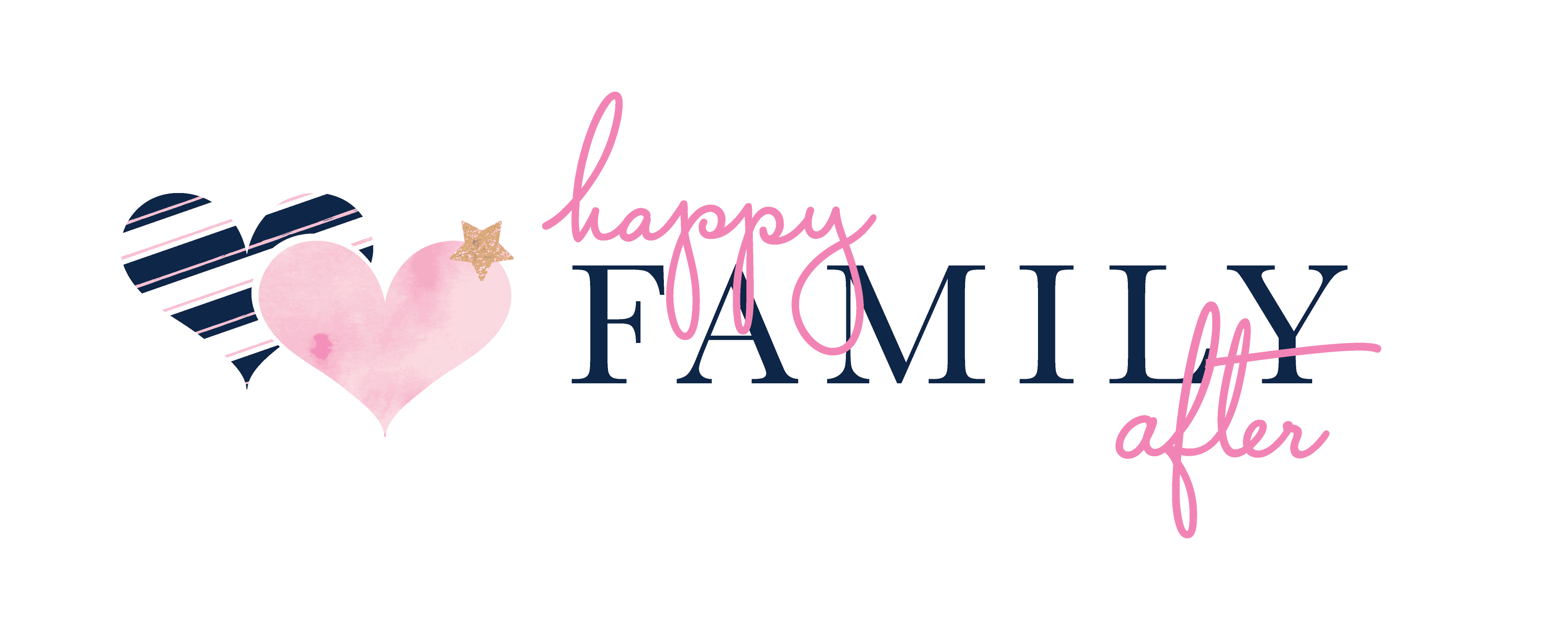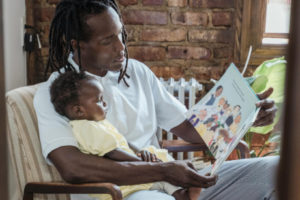Best 8 Children’s Books about Juneteenth for Young Readers
In 2021, Juneteenth was added to the American federal holiday list, becoming the first addition to our country’s official national holidays since Dr. Martin Luther King Jr.’s Birthday was designated in 1983. Juneteenth, a holiday celebrating the end of slavery in America, is so much more than a day off in the middle of June, however, and has been celebrated in the African American community for over 150 years.
Why June 19th?
Although the Emancipation Proclamation called for the freedom of all enslaved people through the 13th Amendment, and was signed into law in January of 1863; it was not fully implemented in places still under Confederate control. It wasn’t until June 19, 1865 that freedom finally came to the westernmost Confederate state of Texas when 2,000 Union troops came to Galveston, Texas and announced that all of those enslaved were now free. This means that for two and a half years after the 13th Amendment became the law, there were 250,000 African Americans that continued to be enslaved in the Confederate state of Texas. Beginning the very next year, in 1866, African Americans, particularly in Texas, celebrated June 19th as the date they gained their freedom. Shortened to “Juneteenth,” it has since become an annual celebration of freedom for Black Americans.

Talking with Children about Slavery and Juneteenth
It’s important to speak with children about hard topics such as slavery and inequality. Slavery has left its mark on America for centuries, throughout multiple different generations, and continues to impact Black Americans still today. We all need to be knowledgeable about our history so that we do not repeat the same mistakes. It’s important to speak in facts, and give children enough time to respond, ask questions, and express their feelings about the information they are receiving. Make this an ongoing conversation in your home, and not something you bring up once a year on a holiday. It’s important to help children understand that just because Black people were no longer enslaved after June 19, 1865, it did not mean they got to enjoy the full rights of being citizens of society. It would be many years before Black people were allowed to vote, actively participate in the political process, acquire the land of former owners, seek their own employment, and use public accommodations freely. The slow pace of societal change is one of the factors that continues to negatively impact Black people in America today.
Teaching Empathy through Reading
Reading is a powerful way to share stories with children, especially when introducing new topics or sharing unfamiliar information. By connecting to the characters in the stories, children learn to identify with others who may look, speak, or act differently than them. Being able to see the similarities and differences builds empathy in the reader, and helps connect them to unfamiliar experiences. There are many wonderful books that incorporate diversity and celebrate black joy and community. I have highlighted several books below about the Juneteenth holiday, separated by the age group I recommend each book for. If you don’t have a young reader in your life to purchase books for, consider donating some of these titles to your local school or library. There is always a need for diverse resources in public spaces.
For Babies and Toddlers (ages birth – 3 years):
Let’s Celebrate Juneteenth, by Tonya Abari (Author) and Tabitha Brown (Illustrator)
This book is filled with vibrant, colorful illustrations showcasing people, foods and joyful celebration of the holiday. It’s a board book for under $10, with an easy to read, rhyming text that will make a great addition to your child’s book collection.
The Story of Juneteenth, by Dorena Williamson (Author) and Markia Jenai (Illustrator)
This book is another shorter read for younger readers but a lot is said using very few words. The book does a great job of connecting historical events to today’s celebrations. The illustrations are unique and colorful, depicting a diverse set of characters. The story is historically accurate, easy to follow, and can be found for under $10.
For Preschoolers (Children ages 3-5 years) :
Freedom Rings: A Children’s Book about Juneteenth, by Sharday Moser
This is a short, easy read about Juneteenth. The author combines a rhyming storytelling of the history of Juneteenth, with fact pages that discuss where the term is from, why we celebrate on June 19th, and other discussion points to help parents engage with young readers about the holiday.
Juneteenth Is, by Natasha Tripplett (Author), Daniel J. O’Brien (Illustrator)
This book tells the history of Juneteenth, how it is celebrated today, and the importance of continuing to march for freedoms for Black Americans. The tone is celebratory throughout while still encompassing somber moments and the serious history the holiday is derived from. The illustrations are breathtaking – helping each page to tell a story of its own, depicting Black families, community, unity, and joy. The price is a bit higher than board books, and can be purchased in the $15 – $20 range, and I promise it’s worth every penny, and will make a great addition to your child’s bookshelf.
For Gradeschoolers (Children ages 5-10 years):
They Built Me for Freedom: The Story of Juneteenth and Houston’s Emancipation Park, by Tonya Ellis Duncan (Author) and Jenin Mohammed (Illustrator)
This unique book tells the story of Juneteenth through the lens of Houston’s Emancipation Park. It’s informative and illustrative, bringing to life the physical space, and the important history that took place there. By capturing 150 years of cookouts, protests, and gatherings at this symbolic park, this book is an ode to the struggles, triumphs, courage and joy of Black America. You can find it in the $15-$20 range, making it an important addition to your young reader’s collection.
Juneteenth Jamboree, by Carole Boston Weatherford (Author) and Yvonne Buchanan (Illustrator)
This book takes a unique storytelling approach to sharing the story of Juneteenth. Readers follow the story of Cassandra, who has moved to a small town in Texas from the city, and doesn’t quite feel at home yet. The celebration of Juneteenth, and the importance of community and family come to life in the pages of the story as Cassie learns of the importance of Juneteenth, and what it means to be home. Another find in the $10-$15 range, this is a great read for children who enjoy storytelling with a specific character, whose thoughts and feelings are relatable to the reader throughout Cassie’s journey to finding the meaning of family, community, and home.
For Older Children and Middle Schoolers (Children 8+ years):
The History of Juneteenth, A History Book for New Readers, by Arlisha Norwood, PhD (Author) and Sawyer Cloud (Illustrator)
This book has more text than some of the other books that made this list, and is a perfect read for middle schoolers or children who enjoy books with more text or have an interest in history. Perfect for use in a classroom, or for a history or book project, this text contains the who, what, where, why and how of Juneteenth, contains a visual timeline, thought-provoking questions and a quiz to test knowledge. All this for under $10 makes this another great book for your child’s collection, or to donate to your local library or school!
Opal Lee and What it Means to be Free: The True Story of the Grandmother of Juneteenth, by Alice Faye Duncan (Author) and Ketura A. Bobo (Illustrator)
This book tells the amazing story of Opal Lee, the advocate who championed the cause of making Juneteenth a national holiday. The book contains an easy-to-read timeline of important events throughout the history of celebrating Juneteenth, as well as an autobiographical depiction of Opal Lee’s history. The interesting and factual depiction of an important modern-day Black leader make this a great read for older readers or children who have a book report or history assignment to complete. At a price point of under $10, this book makes a great addition to your home library, or as a donation to your local school or library.

